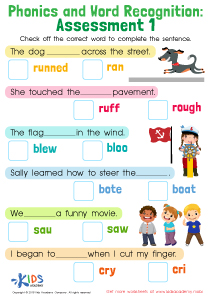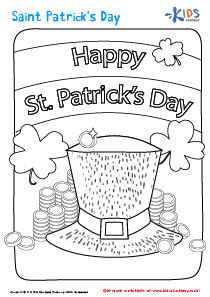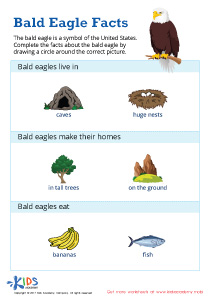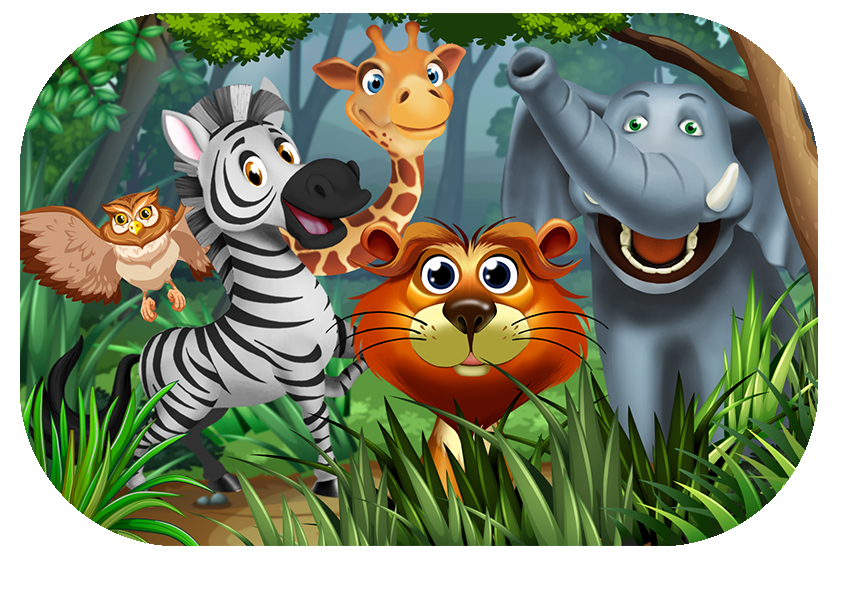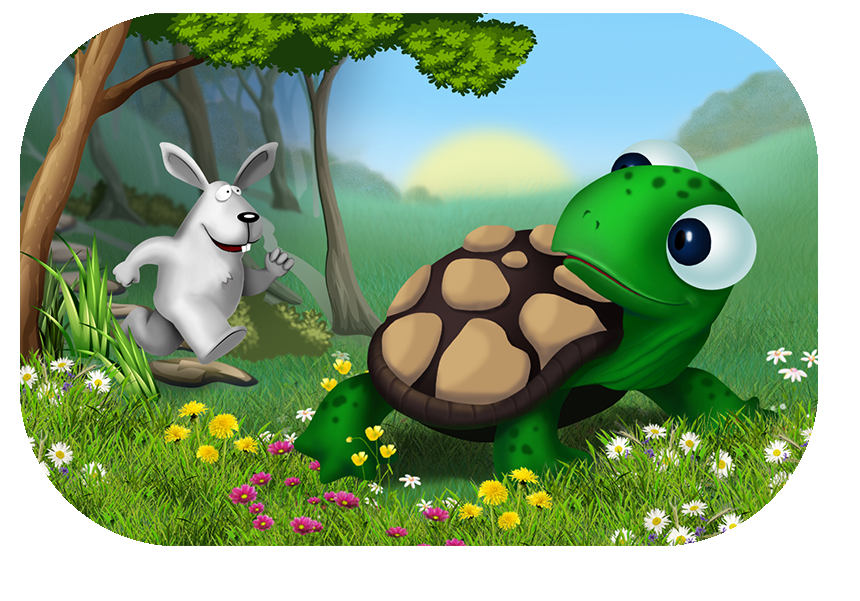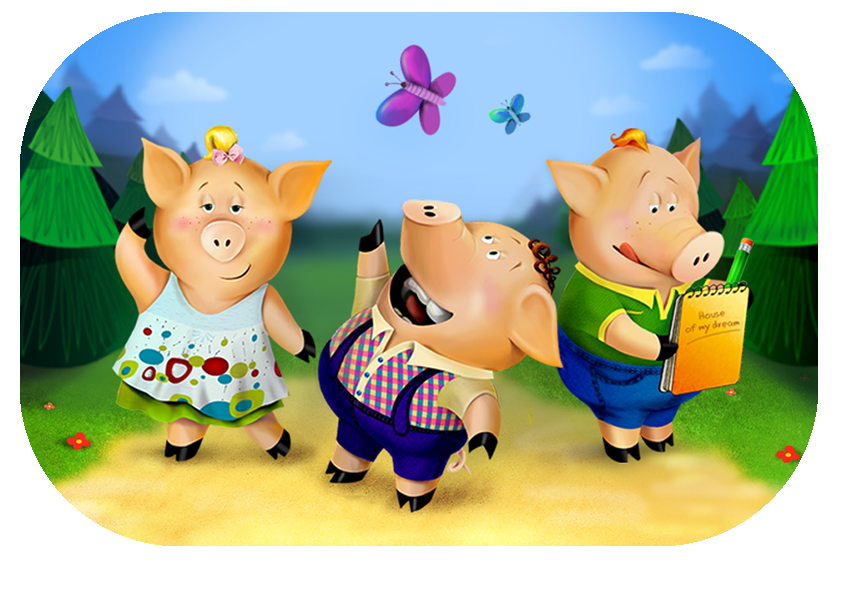English Language Arts Lessons | Word Relationships and Nuances for Ages 3-5
8 results
Introducing our captivating "Word Relationships and Nuances for Ages 3-5" program, designed to enrich your child's early language development. Through a delightful blend of interactive worksheets, engaging educational videos, and fun quizzes, this curriculum dives into the fascinating world of words and their connections. Tailored specifically for young learners, it gently introduces them to the concept of how words relate to each other and the subtle differences in their meanings. Watch your child's vocabulary blossom and their understanding of language nuances grow as they explore this foundational course, crafted to spark a lifelong love for words and learning.
In today's rapidly evolving world, the foundation of a child's education is more crucial than ever. Among the core skills that set the stage for lifelong learning, understanding language—specifically, word relationships and nuances—is paramount. Our innovative program focusing on "Word Relationships and Nuances for Ages 3-5" offers an engaging and effective way to instill these essential skills in young learners, preparing them for success in their studies and beyond.
Language is the cornerstone of communication, and having a deep understanding of it from a young age can make a significant difference in a child's academic journey. Recognizing this, our lessons are meticulously designed to cater to the curious minds of children aged 3-5. Through a combination of interactive worksheets, educational videos, and assessment quizzes, we create a learning environment that is not only educational but also fun and engaging.
Why focus on word relationships and nuances? The answer lies in the depth of understanding it provides. Word relationships help children grasp how words are connected, enhancing their vocabulary and enabling them to express themselves more accurately. For instance, understanding synonyms expands their linguistic arsenal, while grasping antonyms helps them comprehend opposites, enriching their cognitive and reasoning skills.
Nuances in language, on the other hand, introduce children to the subtleties of meaning. This is crucial in developing critical thinking skills, as it teaches them not just to accept words at face value but to delve deeper into their context and usage. By engaging with our lessons, children learn to discern slight differences between words and phrases, an ability that will serve them well in all their future language endeavors.
Our interactive worksheets are designed to stimulate young minds, making learning about word relationships and nuances an adventure. Each worksheet is crafted with the understanding that children learn best through play and exploration. By turning lessons into games and challenges, we ensure that our young learners stay engaged and absorb the material more effectively.
The educational videos serve as a perfect complement to the worksheets, providing visual and auditory stimuli that reinforce the concepts being taught. These videos, created with attention to age-appropriate content and presentation, capture the imagination of children, making the learning process enjoyable and memorable.
Finally, our assessment quizzes are an integral part of the learning journey, providing a fun way to review and reinforce what has been learned. These quizzes also offer valuable feedback to both parents and educators, allowing them to track the child's progress and identify areas that may need further attention.
